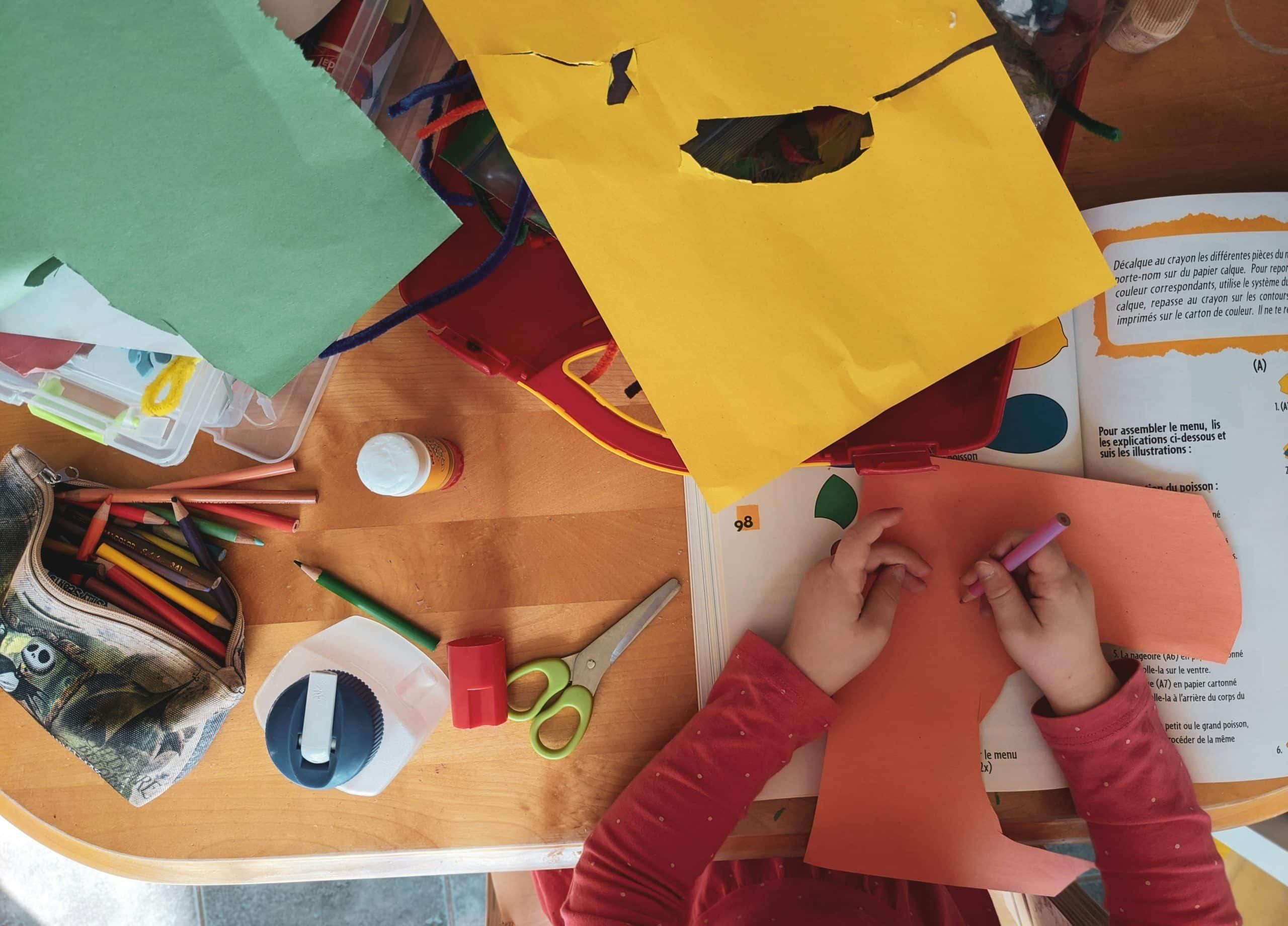Today, let’s delve into the fascinating association between art education and cognitive development in youngsters. Art has been an integral piece of human culture and identity since the dawn of time. Whether through visual arts, performing arts, or music, art is a vibrant and compelling form of self-expression. But, is there more to art than meets the eye? Specifically, we will ponder how arts education can shape the cognitive growth of children.
The connection between creative activities and cognitive abilities in young students has been a topic of increasing interest in educational psychology. Many scholars argue that exposure to art forms, such as music art or visual arts, can significantly enhance children’s cognitive development and learning skills.
Dans le meme genre : What role does storytelling play in preserving indigenous cultures?
The Role of Art Education in Early Childhood
In early childhood education, art plays a crucial role. Young children are naturally drawn to art activities, which help them express their emotions and exercise their fine motor skills. However, the benefits of arts education go far beyond just providing an enjoyable pastime.
Art education in schools helps children develop vital cognitive skills such as problem-solving, decision making, and critical thinking. For example, when a child is asked to draw a picture, they must decide what to draw, how to draw it, and what colors to use. These decisions require cognitive abilities and enhance their problem-solving skills.
Sujet a lire : What are the benefits of community-based renewable energy cooperatives?
Similarly, music education aids in children’s cognitive development. Learning to play a musical instrument, for instance, requires children to read sheet music, understand rhythm and timing, and coordinate their motor skills to produce the desired sound. All these tasks require critical thinking and problem solving – key aspects of cognitive development.
Social Emotional Benefits of Arts Education
In addition to cognitive development, arts education also fosters social emotional growth in children. Art can be a powerful tool for expressing emotions and communicating with others. When children participate in arts activities, they learn to express their feelings in healthy and constructive ways. This emotional expression can help children to build empathy and understand the emotions of others—essential components of social-emotional development.
Performing arts, like theatre and dance, provide an excellent platform for children to develop their social-emotional skills. Participating in a play or a dance performance requires teamwork, cooperation, and understanding of others’ roles. These are all vital social skills that can be nurtured through arts education.
Moreover, the performing arts often involve portraying different characters, which requires children to empathize with the character’s emotions and experiences. This empathy can help children understand and relate to the emotions of others in real life, fostering their social-emotional development.
Cognitive Abilities and Problem Solving through Art
Art activities also help children develop their cognitive abilities and problem-solving skills. When creating art, children need to plan, make decisions, and solve problems. They have to think about what they want to create, how they will create it, and what materials they will use. This process helps children develop their problem-solving skills and enhances their cognitive development.
For instance, if a child is painting a picture, they need to decide what colors to use, how to mix them, and where to place them on the canvas. This involves problem-solving and decision-making skills. Similarly, if a child is sculpting with clay, they need to figure out how to mold the clay into the shape they want, which requires spatial reasoning and fine motor skills.
Through these activities, children not only create beautiful artwork but also exercise their cognitive abilities and problem-solving skills.
The Impact of Arts Education Programs on Child Development
Arts education programs in schools can have a significant impact on child development. They offer children opportunities to explore different art forms, engage in creative activities, and develop their cognitive and social-emotional skills.
These programs can include visual arts, music, dance, drama, and more. They provide children with a creative outlet and help them develop a range of skills and abilities. The benefits of these programs are not limited to the classroom. The skills and abilities they develop through arts education can be applied in other areas of their life as well.
For example, the problem-solving skills children develop through art activities can help them solve problems in their daily life. The social-emotional skills they develop through performing arts can help them build healthy relationships with others.
In conclusion, there is indeed a significant relationship between art education and cognitive development in children. Not only does it foster cognitive skills and problem-solving abilities, but it also nurtures social emotional growth. Thus, arts education is a vital part of a well-rounded education program and plays an influential role in child development. Let’s continue to explore and advocate for the integration of arts education in our schools to provide our children with a comprehensive developmental experience.






